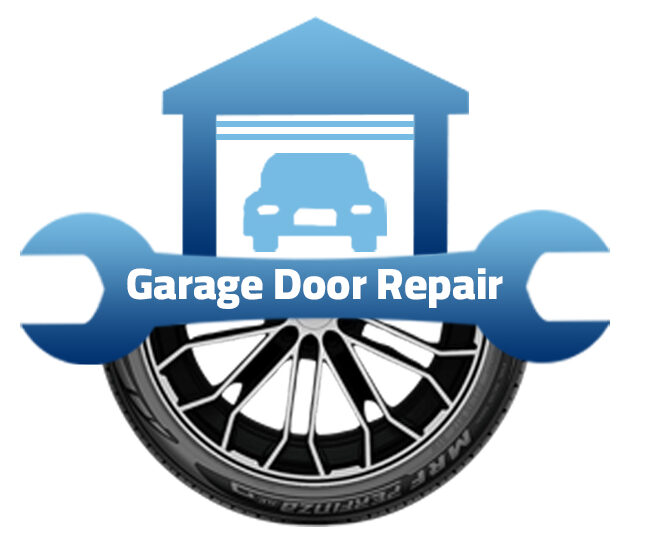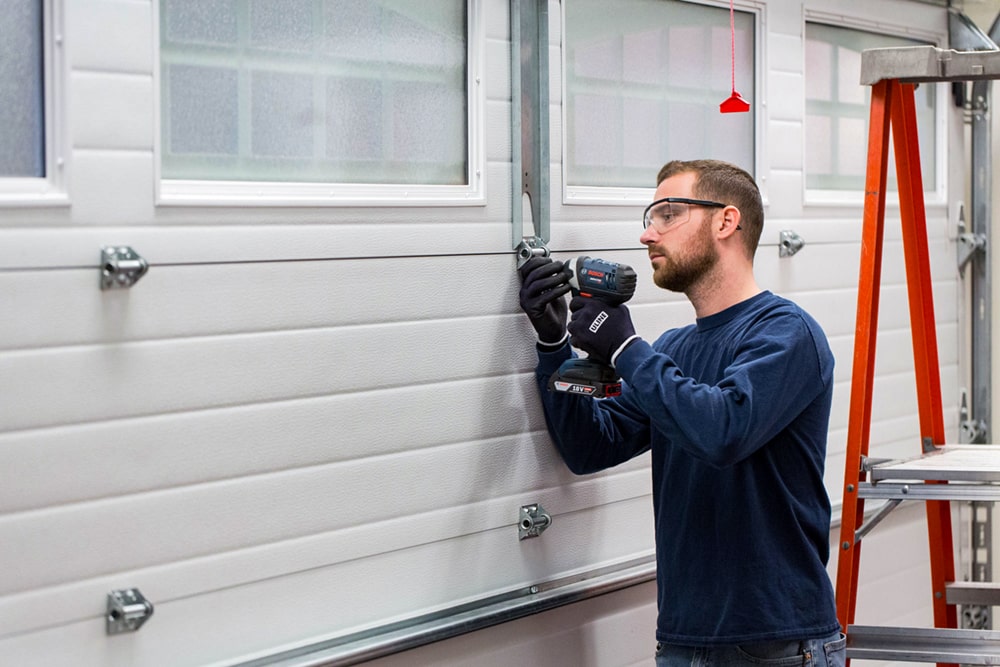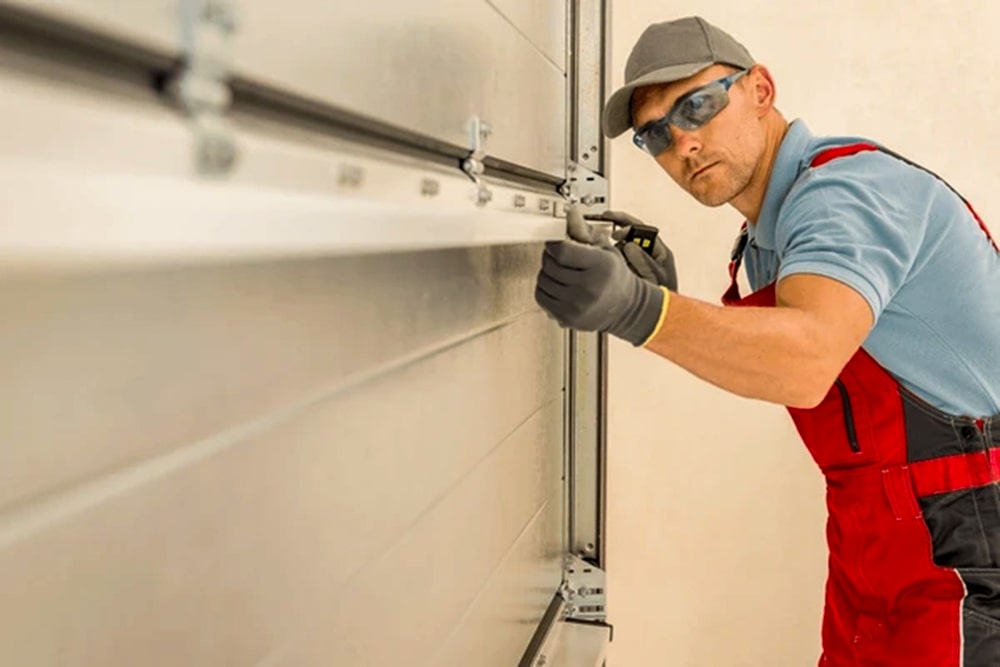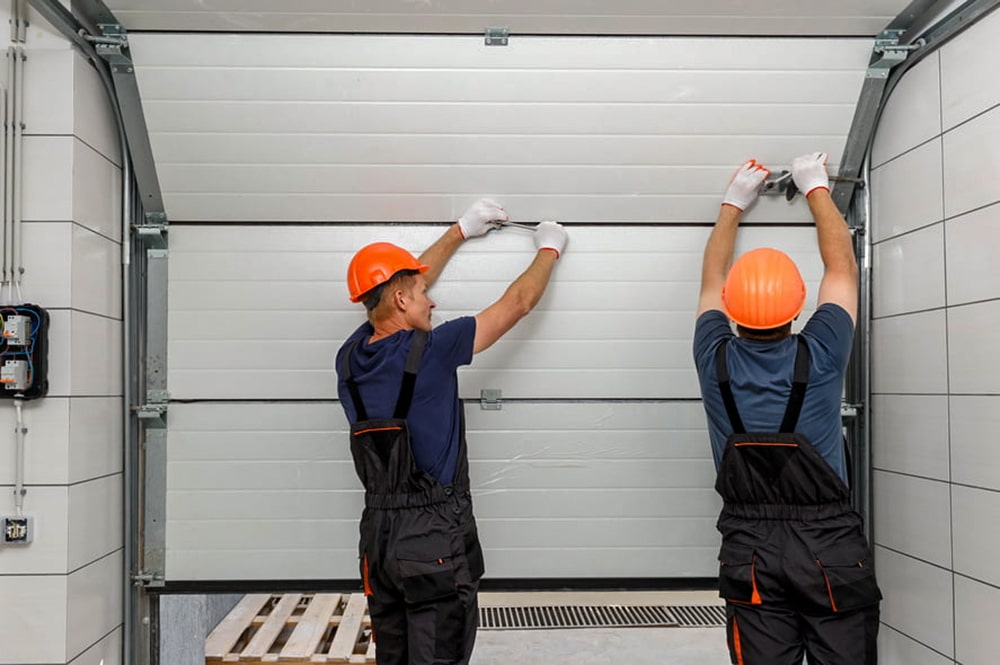Maintaining your garage door is very important to keep it functioning smoothly and extending its lifespan. One of the most important aspects of garage door maintenance is proper lubrication. This process helps prevent wear and tear, reduces noise, and ensures all components move quickly. This guide will walk you through where to grease your garage door and how to do it effectively.
Key Components of a Garage Door
Before getting into the details of lubrication, it’s essential to know the main parts of a garage door and their functions:
- Tracks: These metal rails guide the rollers as the door opens and closes.
- Rollers: Tinny wheels attached to the door panels that move along the tracks.
- Hinges: Connectors between the door panels allow them to bend as the door moves.
- Springs: Mechanisms that balance the door’s weight and help lift it.
- Opener Chain/Belt: The component that drives the door up and down when you use the remote or wall switch.
Each part requires regular lubrication to keep the garage door functioning correctly.
Where to Apply Grease on a Garage Door
- Tracks
The tracks are the metal pathways that guide the rollers. After some time, dust and debris can accumulate, causing friction and noise. To lubricate the tracks properly:
- Clean the Tracks: Clean the tracks with a clean cloth to remove dirt or debris.
- Apply Lubricant: A silicone-based spray lubricant focuses on the rollers and the areas where they contact the tracks. Avoid applying grease directly to the tracks, which can cause the rollers to slip.
- Rollers
The rollers play a vital role in the smooth movement of the garage door. Lubricating them helps reduce noise and ensures they glide smoothly.
- Inspect the Rollers: Look for signs of wear or damage. If they are cracked or not rolling correctly, consider replacing them.
- Lubricate the Rollers: Use a small amount of lubricant on the bearings and shafts of each roller.
- Hinges
Hinges allow the door panels to bend and move as the door opens and closes. Keeping them well-lubricated helps prevent squeaks and ensures smooth operation.
- Clean the Hinges: Remove any dirt or grime from the hinge pins and moving parts.
- Lubricate the Hinges: Apply lubricant to the hinge pins and any other moving components. Ensure that the lubricant thoroughly coats all areas where metal parts come into contact to minimize friction.
- Springs
Springs are vital for balancing the door’s weight and helping it move up and down. It can affect the door’s performance if it becomes rusty or stiff.
- Check the Springs: Look for rust or damage. If they are worn out, it’s best to have them replaced by a professional.
- Apply Lubricant: Use a suitable lubricant, like lithium grease, to cover the spring coils and any other moving parts. This helps keep them flexible and prevents rust.
- Opener Chain/Belt
The opener chain or belt drives the door’s movement and should be lubricated to keep the system running smoothly.
- Inspect the Chain/Belt: Look for any signs of wear or stretching.
- Lubricate the Chain/Belt: Apply a chain lubricant or a garage door-specific spray to reduce friction and prolong the opener’s life.
Choosing the Best Lubricant for Your Garage Door
Selecting the proper lubricant is crucial for effective maintenance. Here are some standard options:
- Silicone-Based Lubricants: These work well on metal parts, offering long-lasting protection without attracting dust.
- Lithium Grease: Perfect for springs and other moving components, lithium grease is durable and withstands frequent use.
- Garage Door-Specific Lubricants: These are specially designed for garage doors and often come in easy-to-use spray cans.
Pick a lubricant that matches your garage door’s material and the specific components you need to treat.
Step-by-Step Guide to Lubricating Your Garage Door
- Preparation: Gather all the necessary tools, including the lubricant, clothes, and possibly a ladder for hard-to-reach spots.
- Apply Lubricant: Follow the instructions for each part, applying a thin layer to avoid over-lubrication. Concentrate on the moving parts and avoid getting lubricant on the tracks.
- Test the Door: After lubricating, operate the door to ensure it moves smoothly. Listen for unusual noises and check for areas that need more attention.
Common Lubrication Mistakes to Avoid
- Using the Wrong Lubricant: Ensure you use the right product for each garage door part. Using the wrong type can cause damage.
- Over-lubricating: Too much lubricant can attract dirt and cause the door to operate poorly. Apply only a tiny amount to each component.
- Neglecting Certain Parts: Make sure to lubricate all the essential parts of the garage door to keep everything working well.
When to Call a Professional
While lubricating your garage door is a simple task, some issues require expert attention:
- Persistent Noises or Malfunctions: If the door continues to make noise or struggles to open or close, there may be a more severe problem.
- Visible Damage: If you notice broken or severely worn parts, they may need to be replaced by a professional.
- Complex Repairs: If you’re uncomfortable performing more advanced maintenance, it’s best to consult a garage door specialist.
Conclusion
Regular lubrication is vital to keeping your garage door in good working order. Knowing where to apply lubricant and choosing the right products ensures your garage door operates smoothly and lasts longer. If you encounter any ongoing issues or feel unsure about maintenance, don’t hesitate to seek professional help. Proper care will keep your garage door running efficiently and quietly for years.If you can not do yourself contact us at garage door repair castle rock.




